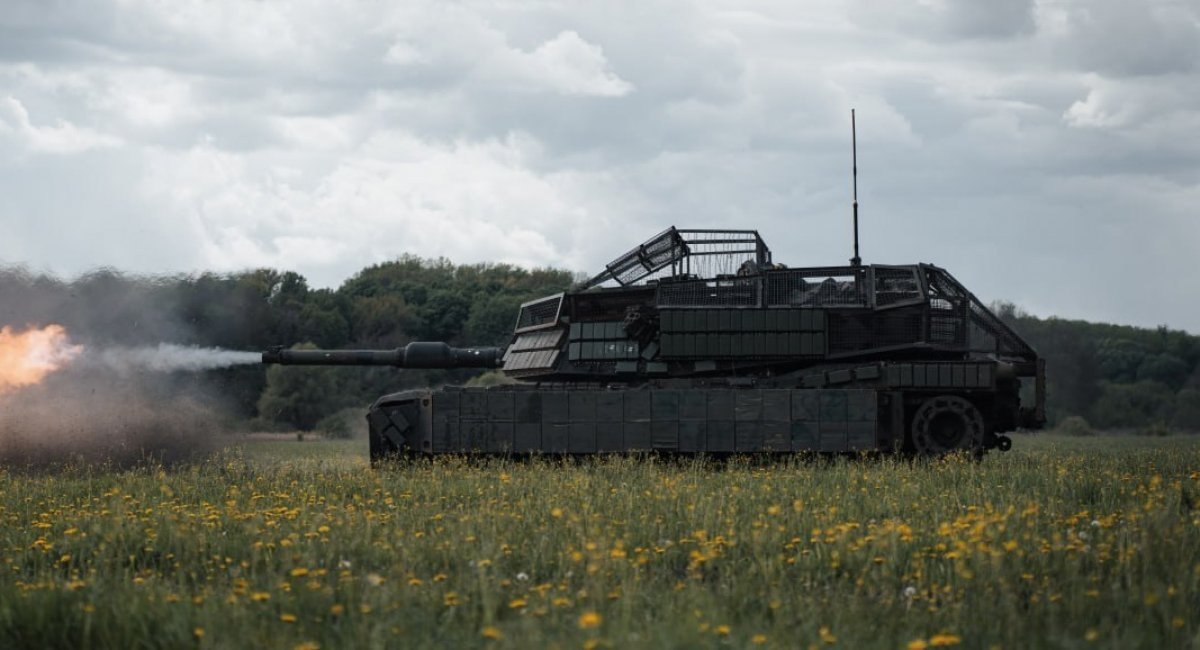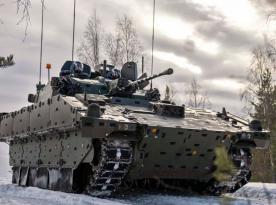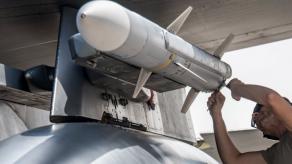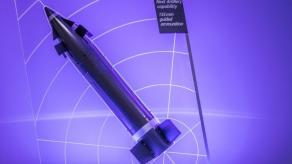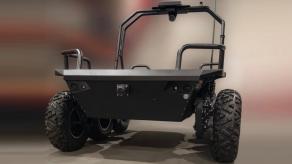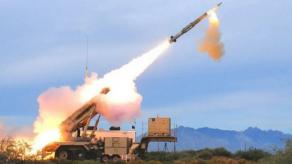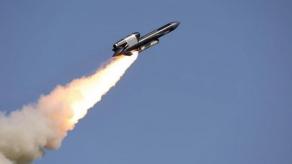The pace of full-scale warfare is causing constant losses in armored vehicles, particularly tanks. Previously, Ukraine received both Soviet and Western models from its partners, but this may soon come to an end.
Currently, 49 Australian M1A1 SA Abrams tanks and the last 32 Leopard 1A5 tanks from Germany, Denmark, and the Netherlands are expected to be delivered. After that, there have been no announcements of new tank transfers to the Ukrainian military, which presents a serious challenge.
Read more: Spending Billions on Tanks and Helicopters, Poland Can't Find Money For Anti-Drone Systems
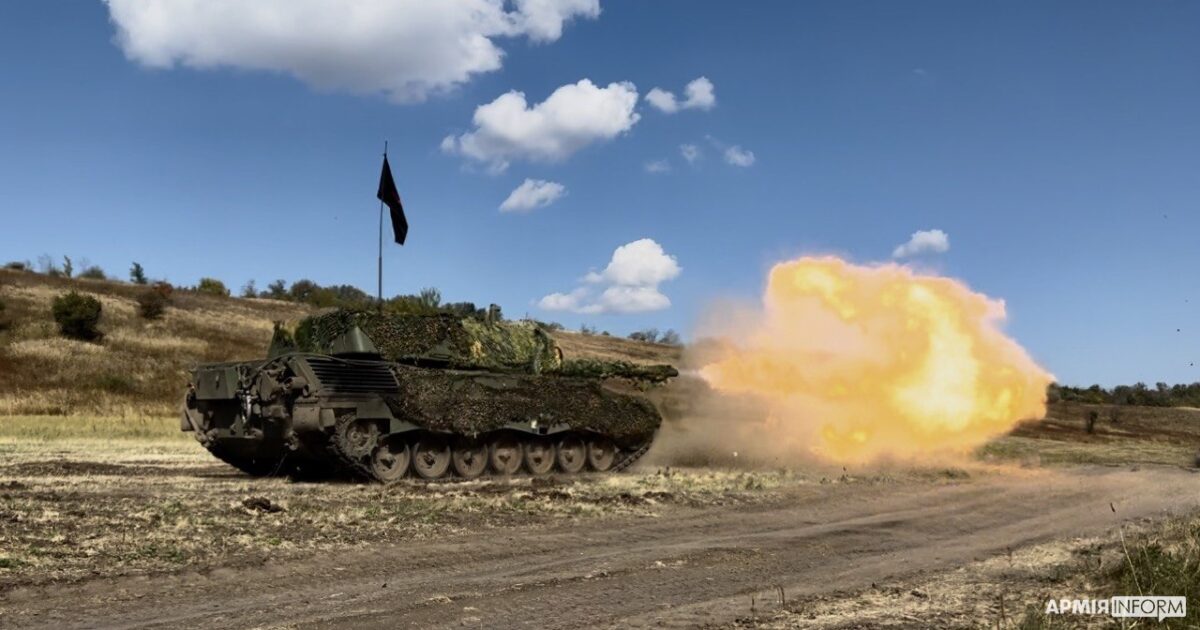
In this situation, the search for new sources raises troubling conclusions: at best, Ukraine might have to wait months for new vehicles — at worst, years. Such problems are dictated both by the state of European arsenals and by production constraints and political intrigues.
Let's start with Soviet tanks, which are still used by some European countries. These are Poland, the Czech Republic, Hungary, Bulgaria, and Slovakia, which still operate various modifications of the T-72 tanks.
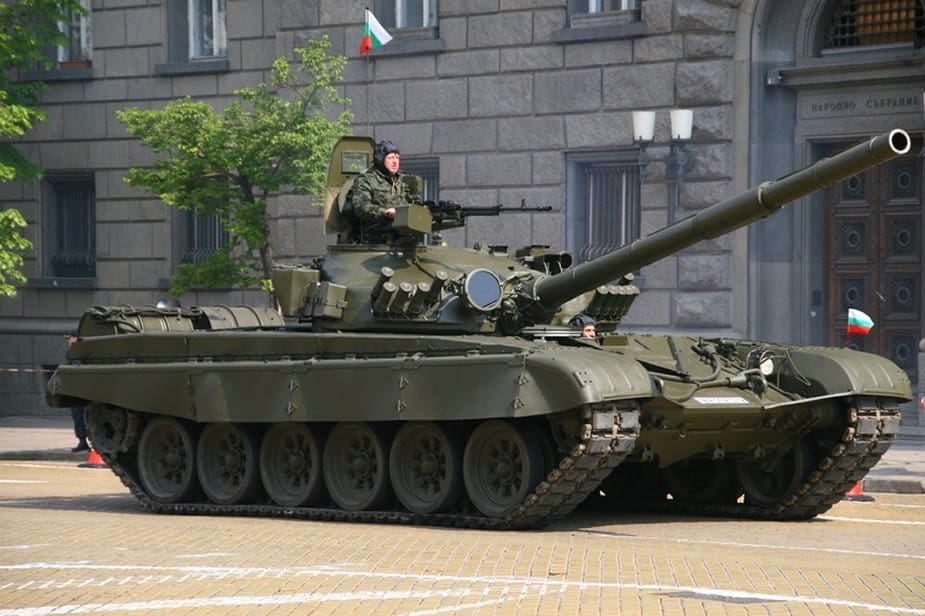
Hungary, Slovakia, and Bulgaria can be ruled out immediately, as they are unlikely to transfer their vehicles for political reasons. Bulgaria has already provided Ukraine with military equipment, which increases the chances, but still does not make them realistic.
Much greater success will be achieved with Poland and the Czech Republic, both of them have transferred tanks to Ukraine. Moreover, Poland is actively receiving large quantities of new equipment it has ordered, such as South Korean K2 and American Abrams tanks, which raises hopes for additional future deliveries, including Poland's own PT-91 tanks.
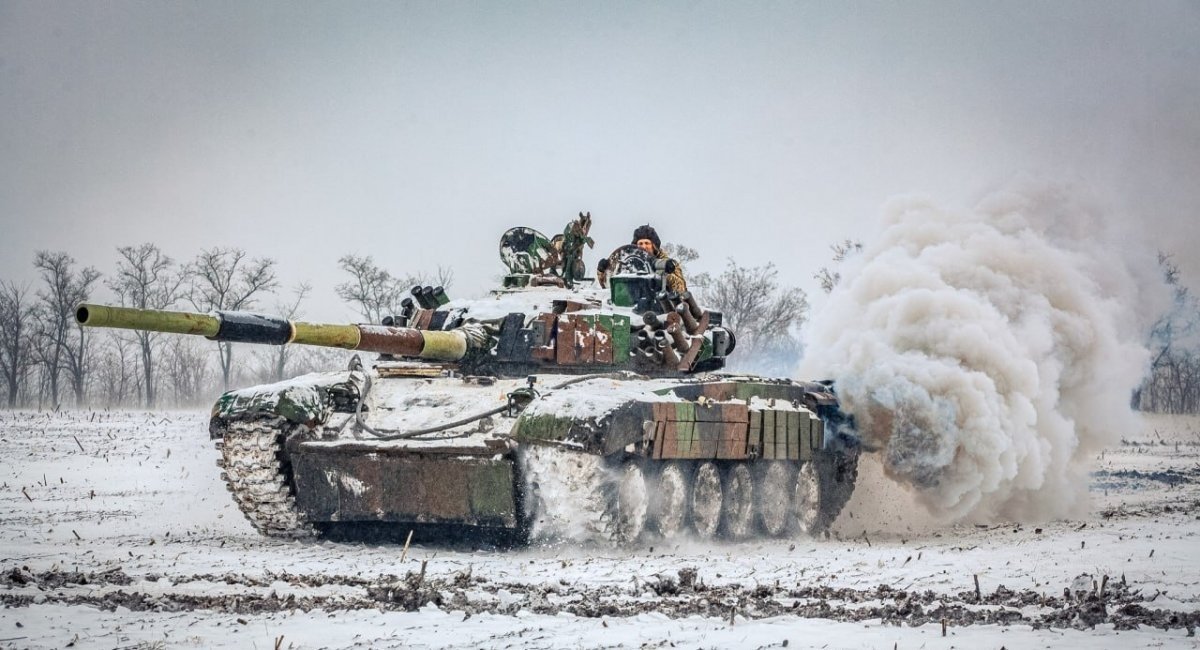
The situation with the Czech Republic is somewhat more complex, as its reserves are smaller but include a battalion of modernized T-72M4CZ tanks. However, the country is only ordering 76 Leopard 2A8 tanks and is facing financial difficulties in funding the contract. In addition, Leopard 2A4 tanks are being delivered to replace those previously transferred to Ukraine, so no new aid packages should be expected from this direction.
Although Leopard 2 tanks are in service across many European countries, the number held by each is not large. This means that cooperation between several participants will be required for new aid packages.
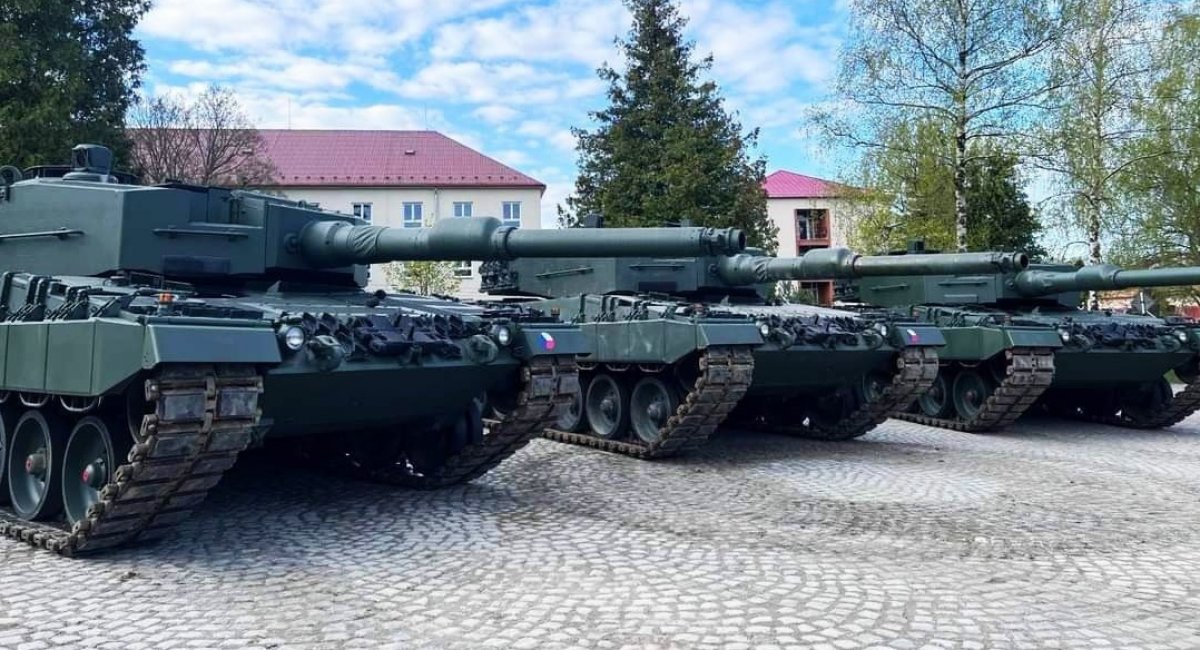
It should be noted that the transfer of tanks will also require a reduction in domestic arsenals. Such a decision will be politically difficult, given that European stockpiles have been weakened by years of peace.
So, the solution is obvious — order new vehicles, such as infantry fighting vehicles for Ukraine. The first problem is that the only tank currently in serial production and used by NATO countries is the Leopard 2 — and both its price and delivery timelines are disappointing.
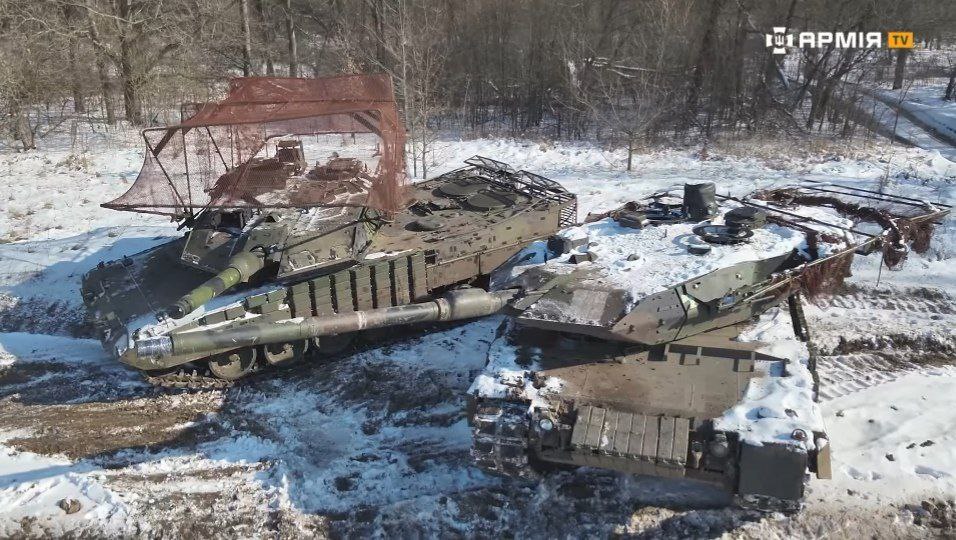
For Germany, 18 Leopard 2A8 tanks will cost €525.6 million in 2023, and for Sweden, 44 tanks will cost around €1 billion at the end of 2024. However, deliveries are scheduled to begin in 2025-2026 and 2028-2031, respectively, according to the agreements — amounting to around 50 new tanks per year.
Therefore, ordering new tanks for Ukraine will involve a long wait, but in the context of a full-scale war, this option is better than nothing, especially if production can be prioritized and the first batches received within a year or two. However, this has not yet been done.
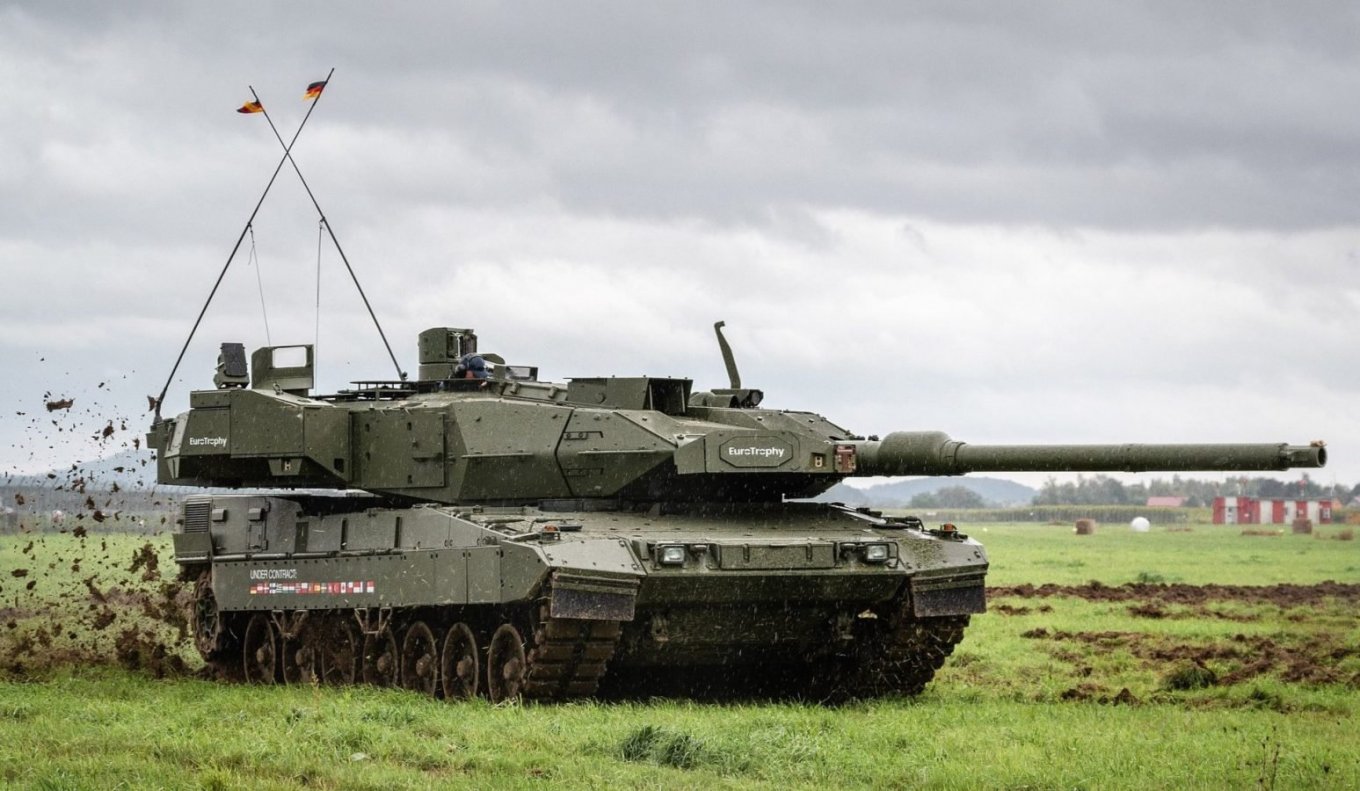
Funding remains the main obstacle, but solutions can be found. The simplest way is to attract additional funds from frozen russian assets, coalitions of several countries, and EU programs to support the defense industry.
The Ukrainian order could also be included in Germany's large-scale plans to purchase thousands of armored vehicles for equipping new brigades. This would create a need to expand production capacity for new contracts and organize military aid.

As for non-European options, Abrams tanks depend solely on the decision of the U.S., which has only transferred 31 of its own tanks so far. s for the K2 tanks, South Korea will not sell them directly to Ukraine due to legislation prohibiting the export of weapons to combat zones. It is also difficult to comment on the variant being localized in Poland, especially since production is only scheduled to begin in 2026.
In general, Ukraine has few opportunities to obtain new tanks, which are limited by financial and political issues. There is also another factor regarding priorities: it is currently much more important to allocate military aid to air defense systems, long-range weapons, and drones rather than to expensive tanks.
Read more: North Macedonia Gave All Tanks to Ukraine, Builds New Army Around Wheeled Armor and Drones




